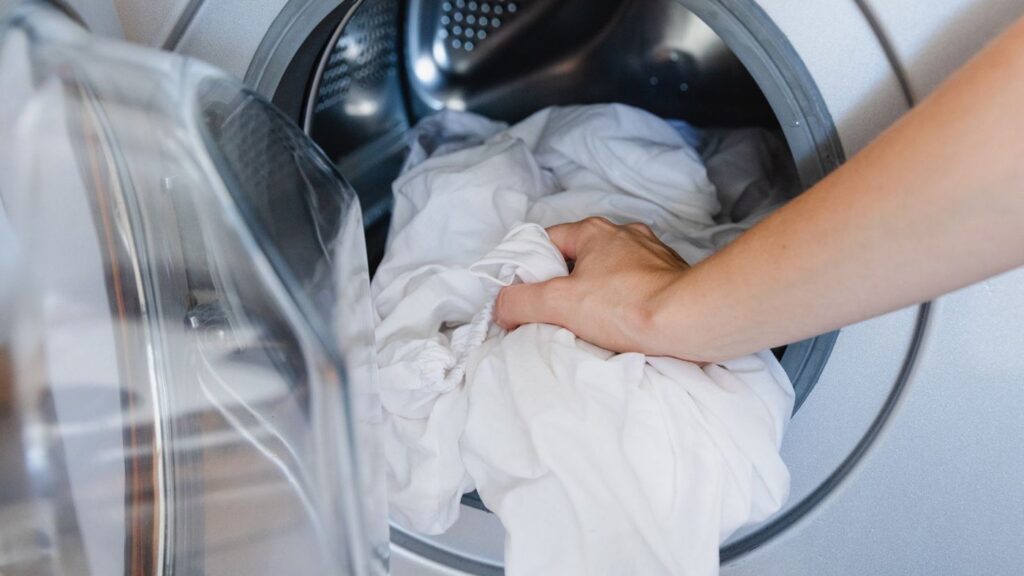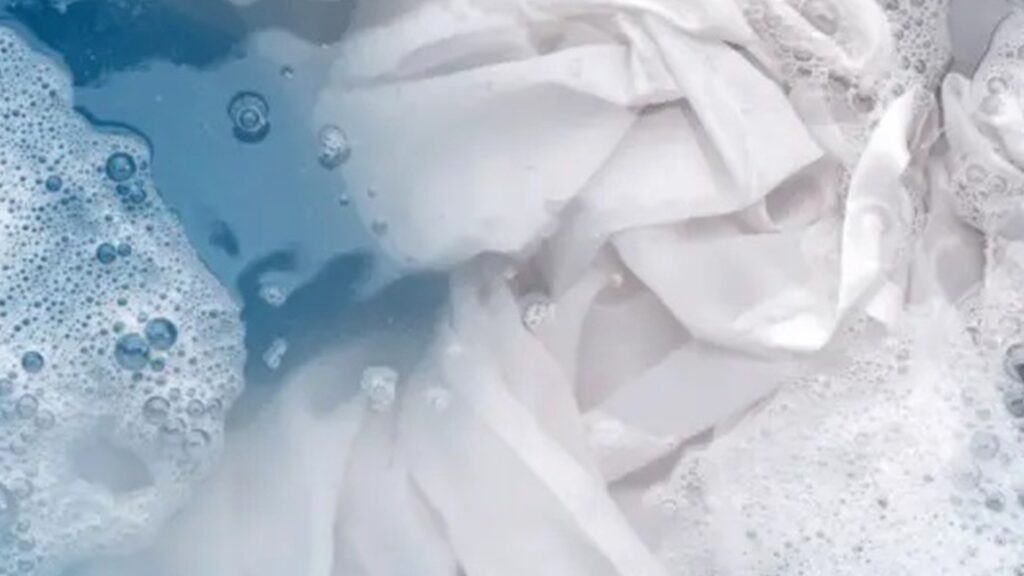
What You Need to Know
It’s no surprise that doing laundry correctly is a difficult activity that may rapidly become a never-ending one, especially when there are numerous people in the house. However, if your best bed linens, softest towels, and favorite clothes are looking dingy and scratchy, you know you need to take action. This is the appeal of laundry stripping. The concept of laundry stripping is not new. Long before it became a TikTok craze, cleaning experts used this procedure. But laundry stripping became a household sensation after MrsLaurenElms posted a before-and-after TikTok in early 2020 — since then, TikToks about laundry stripping have received hundreds of millions of views.
With all of the curiosity surrounding laundry stripping, there are also many questions regarding it. What is it? Is it worth doing? How safe is it for garments and linen? And does it work?
Before you grab a box of borax and get started, read this guide which explains the ins and outs of laundry stripping.
What is Laundry Stripping?
Laundry stripping involves many hours of soaking to remove residual detergent, fabric softener, minerals from hard water, and natural body oils that have accumulated on textiles over time. The process itself is very lengthy: Towels and sheets are placed in a tub of hot water, borax, washing soda (sodium carbonate), and laundry detergent until the water has completely cooled, which takes approximately four to five hours.
Is Laundry Stripping Safe?
Laundry stripping is normally safe for durable white and off-white clothes, but the heat from the water during the stripping process can cause dyes in colored fabrics to flow, which explains why the water turns dark brown or gray in some of the cases when you wash your colored clothes with hot water. It works best with white, light, and colorfast bath towels and bed sheets that can be washed in hot water without fading. If you choose to soak colored textiles, do not mix them with whites to avoid accidentally transferring dye. While laundry stripping is appropriate for clothing or bedding that can resist high temperatures, avoid putting fragile goods and shrinking materials in the bath. Instead, use proper hand-washing techniques to clean them thoroughly and safely.
How to effectively strip sheets and towels?
If you want to try laundry stripping, follow these steps.
What will you need?
- Borax
- Washing Soda
- Laundry detergent
Firstly, fill the bathtub, washbasin, or large bucket with hot water. The laundry stripping formula calls for a 1:1:2 ratio of borax, washing soda (sodium carbonate, not baking soda), and laundry detergent. For a bathtub, use 1/4 cup borax, 1/4 cup washing soda, and 1/2 cup laundry detergent. Stir until all three have dissolved completely.
Secondly, immerse your towels or sheets in the mixture and soak until the water has cooled, which typically takes at least four hours. Stir them occasionally to assist dissolve and release any accumulation from the fibers into the water.
Lastly, drain the murky water, wring your clothes, and put them through a full wash cycle without detergent or softener. If not a full wash cycle, run them through a rinse and spin cycle in your washing machine. Tumble dry the goods without using dryer sheets.

Things you should avoid Strip Washing
Those who strip wash their clothes frequently warn that the method may cause dyes to run. Fabric that is not colorfast will bleed more if you soak it for an extended period. As a result, you may wish to utilize strip washing for white bath towels and bed linens exclusively.
If you try the approach on colorful apparel, avoid mixing a red shirt with white socks; otherwise, you may wind up with dyed socks. Also, do not soak the garment for too long, and examine it every hour for symptoms of dye leakage.
Do not use this approach on delicate or fragile goods. This procedure involves hot water, so check the care label on each item to ensure it is not dry clean only.
Is it worth the trouble?
We do not think so. While laundry stripping is effective, you shouldn’t have to strip towels and sheets regularly if you wash them correctly in the first place. Furthermore, it is time-consuming and difficult to do. Laundry stripping may be necessary in some cases, particularly if you observe accumulation after washing with homemade detergent, if you use dryer sheets or liquid fabric softener frequently or excessively, or if you live in a hard water area and do not have a water softener installed.
Conclusion:
Now you may have a clear understanding of what Laundry Stripping is, why it is done, and if it is worth the trouble!
Doing laundry can be a painful task for many since juggling between work and home is not easy. Fortunately, LNDRY can help you take some load off (of work as well as laundry ;)) Visit LNDRY to book your first laundry pick-up.





